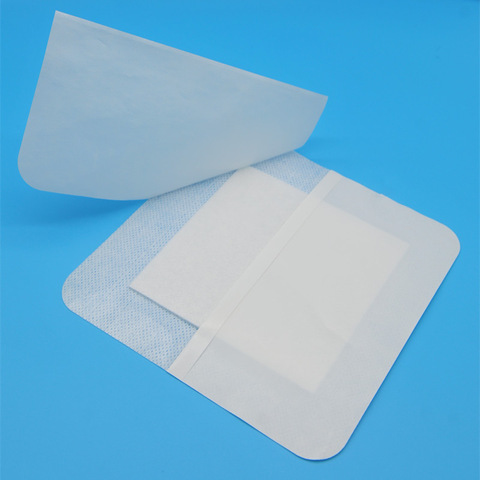 |
| Alginate Dressing |
Alginate dressings have
gained recognition in the field of wound care for their remarkable healing
properties and versatility. Derived from seaweed, these dressings offer
numerous benefits and find applications in a wide range of wound types. Let's
delve into the benefits and applications of alginate dressing in wound
management.
Benefits of Alginate
Dressing
- Highly Absorbent:
Alginate dressings have excellent absorbent properties, making them ideal
for exuding wounds such as ulcers and burns. They can absorb large amounts
of wound exudate while maintaining a moist wound environment conducive to
healing.
- Gel Formation:
Upon contact with wound exudate, Alginate
Dressing form a gel-like consistency that
conforms to the wound bed. This gel helps create a protective barrier,
promotes autolytic debridement, and facilitates the removal of necrotic
tissue.
- Promotes Healing:
Alginate dressings are known to promote wound healing by providing a moist
environment that supports the migration of epithelial cells and
fibroblasts. This accelerates the formation of granulation tissue and
promotes the overall healing process.
- Conformability:
Alginate dressings are highly conformable and can adapt to irregular wound
shapes and contours. This ensures optimal contact with the wound bed,
maximizing the effectiveness of the dressing.
- Non-Adherent:
Alginate dressings are non-adherent to the wound bed, minimizing trauma
and pain during dressing changes. This makes them particularly suitable
for sensitive or fragile skin.
Applications of
Alginate Dressing
- Chronic Wounds:
Alginate dressings are commonly used in the management of chronic wounds
such as pressure ulcers, venous ulcers, and diabetic foot ulcers. Their
ability to absorb exudate and promote granulation tissue formation makes
them effective in facilitating the healing of these challenging wounds.
- Partial-Thickness Burns:
Alginate dressings are also utilized in the treatment of partial-thickness
burns. They provide a cooling effect, absorb exudate, and help protect the
wound from external contaminants, promoting faster healing and reducing
the risk of infection.
- Surgical Wounds:
Following surgical procedures, alginate dressings may be used to manage
post-operative wounds with moderate to high exudate levels. Their
absorbent properties help prevent maceration of the surrounding skin and
promote optimal wound healing.
- Traumatic Wounds:
Alginate dressings can be applied to traumatic wounds such as lacerations,
abrasions, and avulsions. They help absorb exudate, promote hemostasis,
and facilitate the formation of healthy granulation tissue, supporting the
natural healing process.
In conclusion, the
healing power of alginate dressing is evident in its ability to effectively
manage a variety of wound types while promoting optimal healing outcomes. From
chronic wounds to surgical incisions, alginate dressings offer numerous
benefits that contribute to enhanced patient comfort and improved clinical
outcomes. As advancements continue in wound care technology, alginate dressings
remain a valuable tool in the armamentarium of healthcare professionals
striving to provide the best possible care for their patients.
